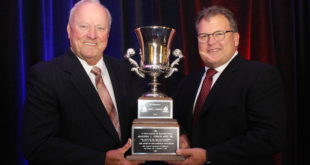AFSA38 Offers Multi-Day, Multi-Track Technical and Managerial Seminars
AFSA38 welcomes you to the West Coast for its annual convention, exhibition, and apprentice competition, October 1-4, 2019. This year’s event features over 70 hours of seminars in six tracks, tailored to meet your educational needs. Whether you are looking for technical information, business management, or supervisor training, AFSA has set up a new format with industry experts that will provide the most bang for your buck, including four full days of seminars. The popular “Train the Trainer” workshop has been reformatted and will provide all types of would-be-trainer’s tools to help create and deliver engaging, compelling training programs that will encourage trainees to not only want to learn but come back for more. Looking to join or involve your under 40 employees in the industry’s most forward-looking young professionals group? AFSA’s NextGen Initiative (NGI) has been expanded to a full day of seminars, a leadership forum, and networking reception.
Attendees can follow the seminars on a particular track or mix and match to best suit their needs. A brief description of topics to expect at the convention is provided below, many offering attendees the opportunity to earn CEUs, CPDs, or contact hours.
Install/Design Track
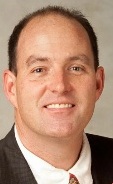
Air Vents and Corrosion: New Requirements of NFPA 13, 2016 Edition James McHugh, AGF Manufacturing, Inc. Jurisdictions are adopting the 2018 edition of the International Building Code (IBC) and the 2018 edition of NFPA 101® that adopts the 2016 edition if NFPA 13 by reference. This program will address technical changes specific to corrosion and air vents for the 2016 edition of NFPA 13. The 2016 edition of NFPA adds a new requirement that a single air vent is installed for each wet sprinkler system to help reduce potential corrosion activity due to trapped air. A task group concluded that venting the trapped air in a wet system can decrease water delivery time, minimize alarm ring delay, reduce water flow alarm cyclic ringing, and reduce corrosion activity. Participants will understand the intent of the new code, design requirements, and current air vent options on the market. 1.5 CEUs | 1.5 CPDs

Aircraft Hangar Fire Protection, Christopher Born, PE, LEED AP; Clark Nexsen, Inc. This seminar will discuss fire protection for aircraft hangars, with particular attention on U.S. Department of Defense (DOD) approaches and criteria. A new criteria document was released in 2017, and this document consolidates hangar fire protection requirements for all U.S. military branches in one document. The seminar will compare DOD and NFPA 409. Testing requirements, including a focus on the use of qualified fire protection engineers, and changes to the chemical formulation of foam concentrates and potential NFPA 11 revisions will be discussed. 0.2 CEUs | 2.0 CPDs
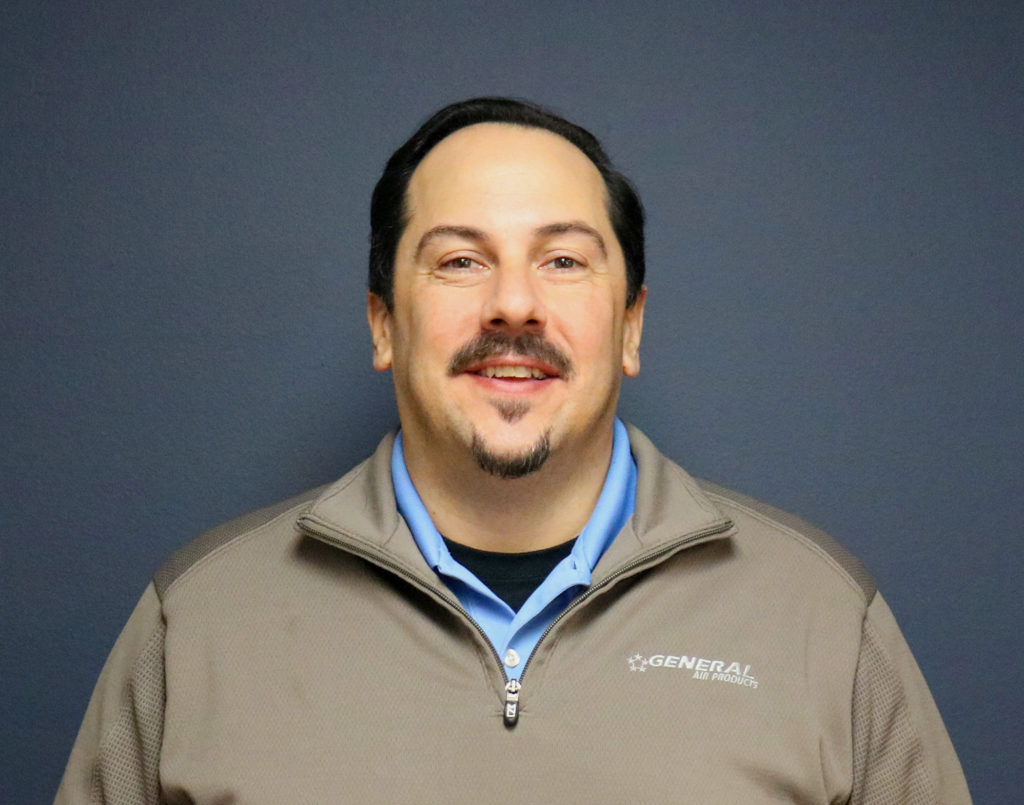
Choosing a Dry Pipe System Filling Solution – Air, Dry Air, or Nitrogen, Raymond Fremont, Jr.; General Air Products, Inc. Over the past few years, the fire sprinkler industry has been introduced to new technologies for filling dry pipe systems, specifically standard compressed air, dry compressed air, and nitrogen. There is no one best technology for every application. It is important for contractors to attend this seminar to learn which type of compressor to use, how dry air inhibits corrosion, and when nitrogen is and is not a good fit. 0.2 CEUs | 2.0 CPDs
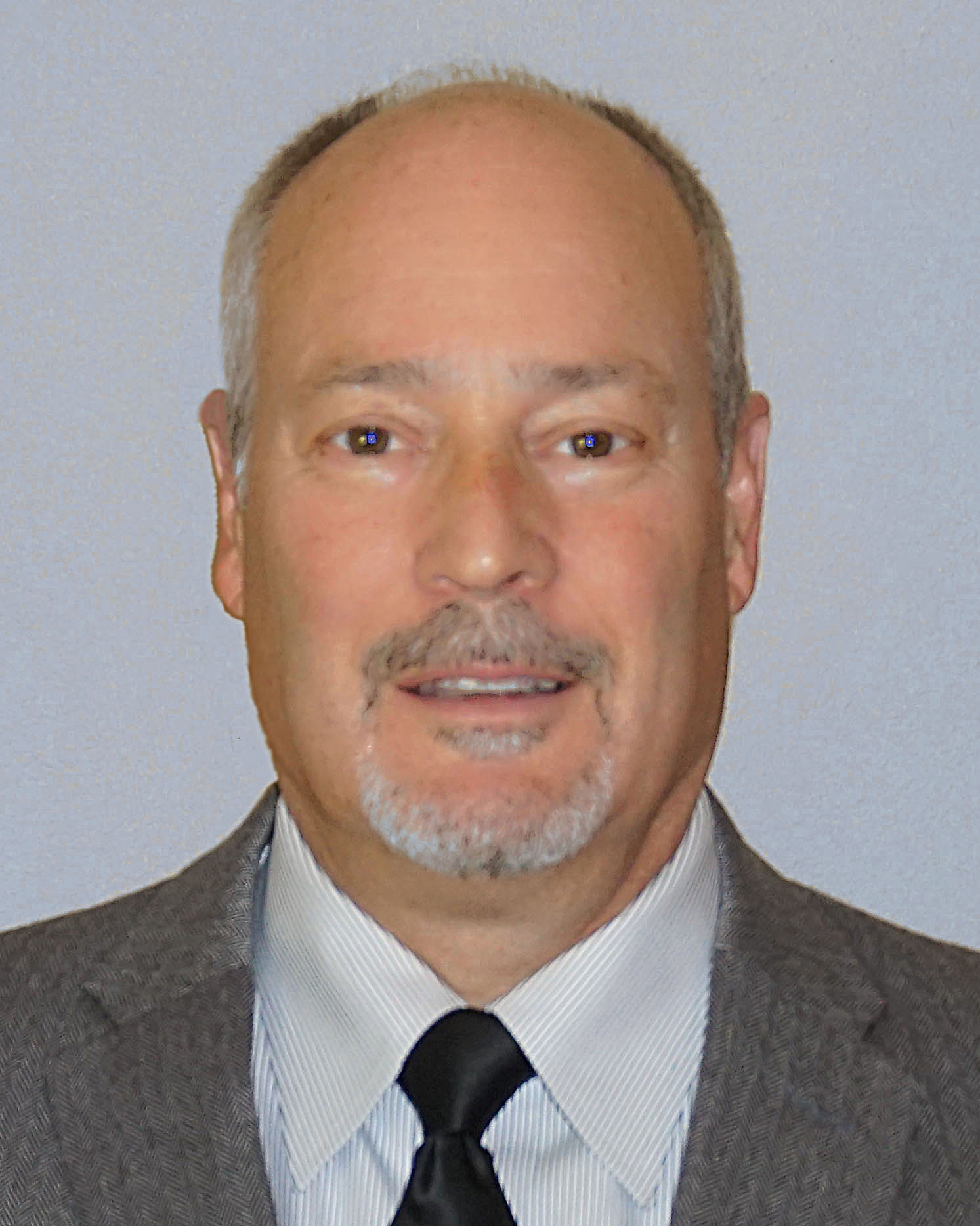
Dry Pipe, Preaction, and Deluge Valves: What They Can Do, How They Do It, and Why It Matters, Cary Webber, Reliable The course will describe the various operating mechanisms of dry pipe, preaction, and deluge valves. The common and unique capabilities of each valve type will be discussed. Example applications will be addressed to identify where each valve type should be considered and why. The interaction of each valve type with accessories, such as air supplies, air maintenance devices, nitrogen generators, and accelerators will be described along with best practices. 1.5 CEUs | 1.5 CPDs
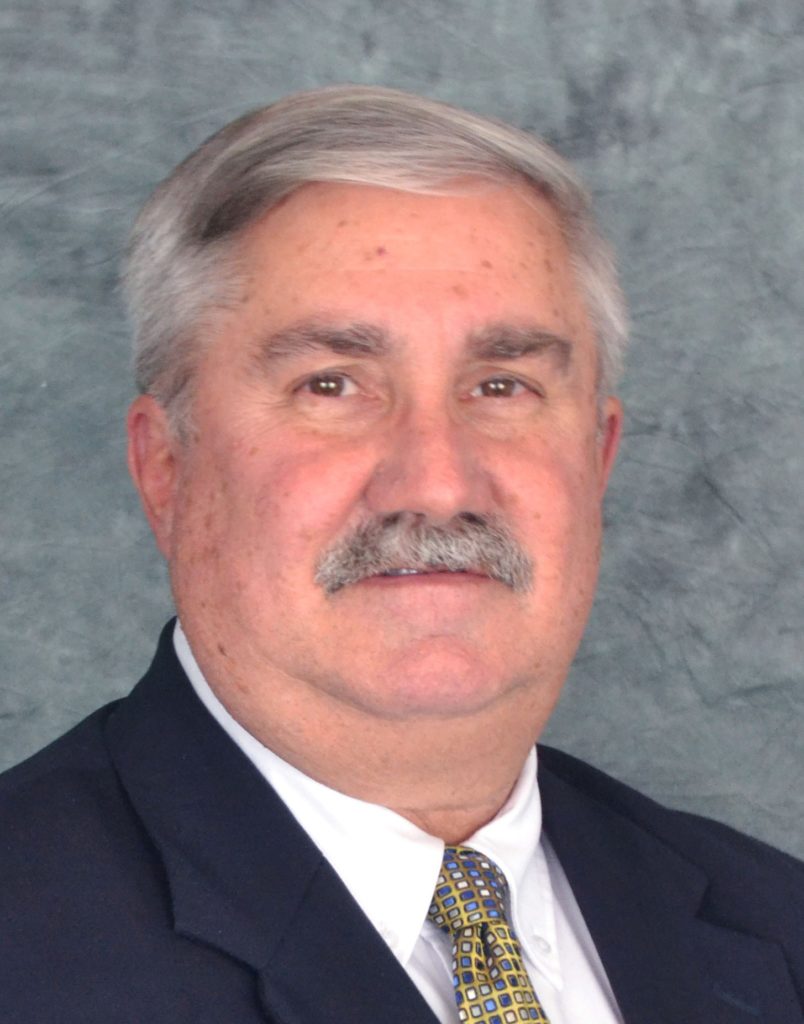
Freeze Protection – Requirements, Allowances, and a Cost Comparison, Terry Victor, JCI/Grinnell The NFPA water-based installation standards have numerous requirements for piping installed in areas subject to freezing. Methods for freeze protection include dry pipe systems, antifreeze systems, heated enclosures, heat tracing, insulation, and maintaining minimum ambient temperatures for water-filled pipes. This seminar will explore different options for providing freeze protection and what the standards require for each. 1.5 CEUs | 1.5 CPDs
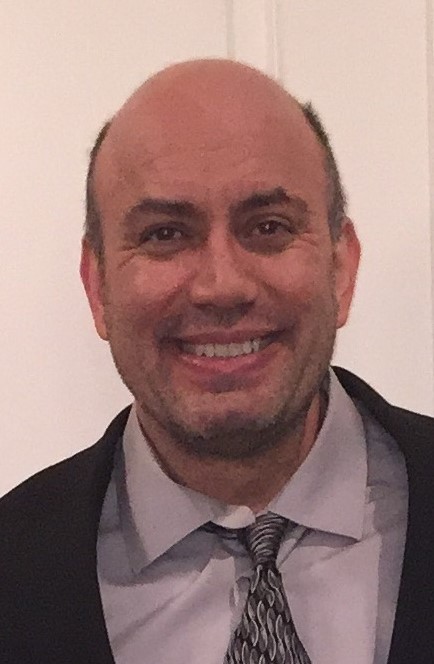
IBC and Residential Requirements and NFPA 13, 13R, 13D, Travis Mack, SET; MFP Design, LLC Many contractors think residential four stories or less is automatically NFPA 13R. That is far from the truth and can be quite costly if this is not addressed in the bid phase. Learn where to locate the requirements by the architect (and if they are correct). Learn where to look in the IBC for requirements and how it applies to NFPA standards. 1.5 CEUs | 1.5 CPDs
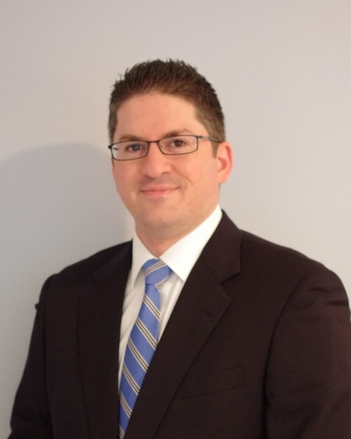
New Storage Protection Criteria in NFPA 13, 2019 edition AND New Protection Criteria in FM Data Sheet 8-9, Steve Wolin, Reliable The course will teach attendees about new storage protection criteria available in the 2019 edition of NFPA 13 and FM Data Sheet 8-9. The background behind the new criteria will be described. The course will provide examples of the application of the new criteria for a variety of sample buildings. The course will compare the new protection criteria with previously available criteria. 2.0 CEUs | 2.0 CPDs

Understanding Obstruction Rules, Roland Huggins, PE; AFSA This session will discuss in detail the obstructions rules in chapter 8 with special attention on the ambiguities due to the current format of the requirements and non-defined variables on when to apply which paragraph. 1.5 CEUs | 1.5 CPDs
NFPA 13 2019 Edition and IFC Storage Requirements, Elley Klausbruckner, PE; Klausbruckner & Associates, Inc. This course will cover the basic requirements contained in chapter 32, High-Piled Combustible Storage of the International Fire Code (IFC) and NFPA 13. 2.0 CEUs | 2.0 CPDs
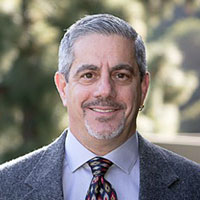
NFPA 14, 2019 Update and 2022 Preview, Steve Leyton, Protection Design and Consulting The program will include updates to NFPA 14, 2019 edition and how the standard is evolving to address and incorporate the firefighting strategies, practices, and equipment that are in use throughout the fire service. With nearly a third of the technical committee now composed of fire service and enforcer members, the 2022 cycle will also be an active one that addresses performance-based and collaborative design practices. There will also be a discussion of the tactical and operational practices that are commonly used by fire departments worldwide. With building construction going ever higher and wider, the challenges associated with delivering adequate firefighting water supplies to the upper stories and outer reaches of high- and mid-rise buildings can be problematic. 1.5 CEUs | 1.5 CPDs
Pressure-Regulating Devices, Pressure-Reducing Valves, and Pressure-Control Valves: Why and Where Do We Use Them, Daniel Wake, Victaulic The course is a general overview of how and why pressure control devices are required in fire protection systems. The information covered in this seminar will provide you with the knowledge and skills needed to communicate the necessity of pressure regulating devices. By explaining the anatomy, principles of operation, and performance differences in pressure regulating devices, attendees will be able to identify the benefits and limitations of pressure regulating devices. 0.2 CEUs | 2.0 CPDs
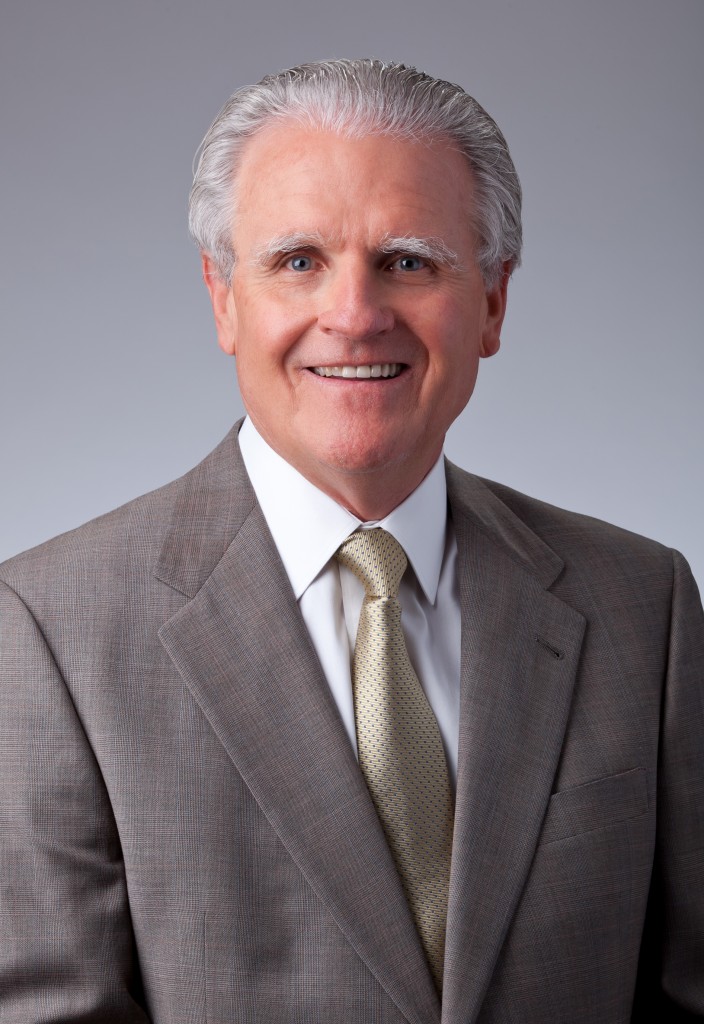
NFPA 20 Fire Pumps: The Good, the Bad, and the Ugly, Russ Leavitt, Telgian Corporation This seminar examines how to determine the need for a fire pump along with choosing the proper pump capacity. The latest in pump installation requirements are reviewed including those for multi-stage multi-port pumps. The latest information and requirements for acceptance testing and periodic inspection, testing, and maintenance are discussed along with the most efficient methods for assuring compliance with the standards. This seminar concludes with a review of some common issues and mistakes that are made when designing, installing, and inspecting/testing fire pumps. 0.15 CEUs | 1.5 CPDs

Special Hazards Fire Protection: An Introduction to Fire Fighting Foam and the Systems That Go with Them Steven Scandaliato, SDG, LLC There have been significant issues with the use of AFFF over the past few years including a ban on fluorine foams. As a result, several new products and technologies have entered the market and with them, new rules, design methods, and system costs. This seminar will introduce fire-fighting foam in traditional and special hazards fire protection. Specific emphasis will be presented on the advantages and disadvantages for each giving the contractor and engineer a clear understanding of what best fits the hazards and project restraints they are dealing with. 0.2 CEUs | 2.0 CPDs
Spot the Dot: Sprinkler Design Using NFPA 13, 2019 Edition, Steven Scandaliato This seminar will focus specifically on the major sections of NFPA 13, that influence sprinkler layout in the 2019 edition. Topics such as construction definitions, obstruction rules, ceiling pockets, and clouded ceilings will all be included. We will review real project examples that do not fall neatly into those found in the standard as well as review what has changed in these sections with the new edition. 0.2 CEUs | 2.0 CPDs
Proper Use of BIM Terminology for Better Contracts & RTS for Better Installations, Alan Johnston, Hydratec, Inc. BIM, VDC, 3D Coordination, RTS (Robotic Total Station), Trimble, Point Cloud, Building Life Cycle Management, Laser Scanning, VR, and AR have all become commonly used terms or acronyms within the construction industry. They have sometimes become a significant factor in contracting for a project. This class will put a face to each of those terms and put each in perspective. With a proper definition of the terminology we can all promote a better understanding of our contractual obligations and better description of our intentions leading to more profitable contracts with less problems. The Robotic Total Station (RTS) is a specific technology that embodies the use of several of those BIM terms and brings the very detailed and precise coordination data into actual use in the final installation. This class will describe the underlying technology used by the RTS and the process by which those machines can be effectively used on an actual job site. 2.0 CEUs | 2.0 CPDs
Utilizing Third-Party Designers, Travis Mack With the current workloads and scheduling timeframes, contractors need to look to outside design sources. How do you go about finding them? What should you expect in dealings? Do you want a fixed fee or per sprinkler pricing? This will answer all of those questions and more. 1.5 CEUs | 1.5 CPDs
Inspection Testing, and Maintenance (ITM) Track
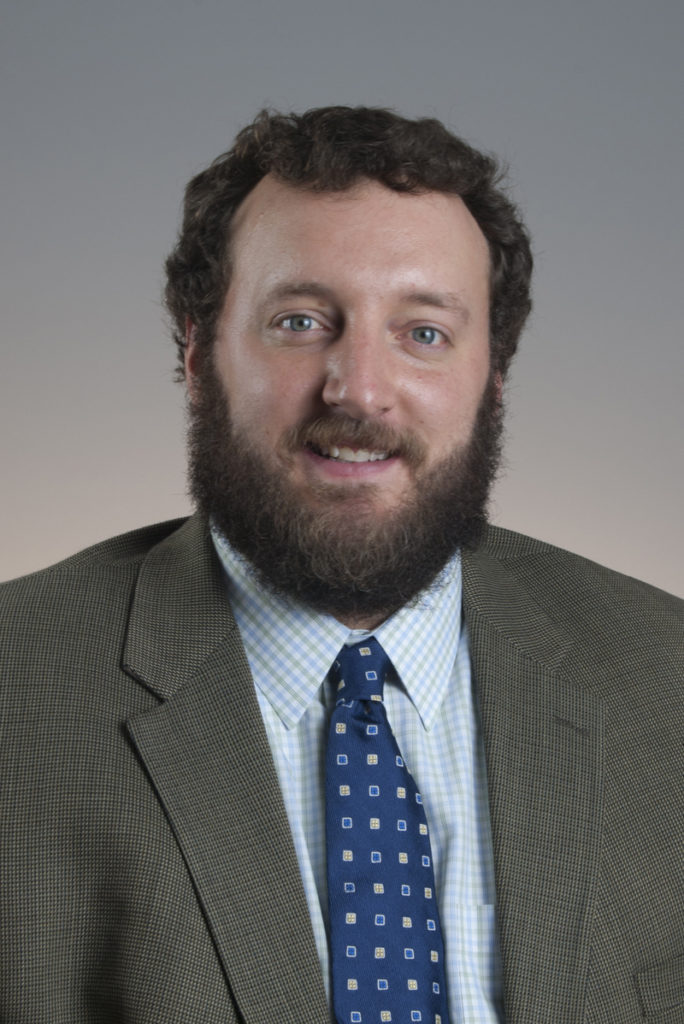
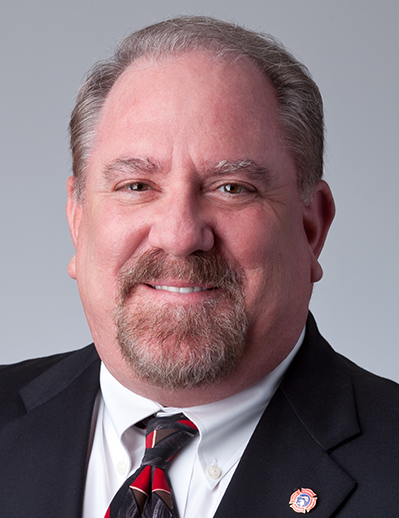
Fire Pump Acceptance Testing and NFPA 25 Testing, Matt Klaus, PE; NFPA & Bob Caputo, Fire & Life Safety America Fire pumps are a critical part of an automatic sprinkler system. NFPA 20 and NFPA 25 provide requirements on the initial acceptance testing and periodic testing of this vital system component. This session will look at the difference between the acceptance test and the “post-occupancy” periodic tests. This program will look at answering important questions like: “How do I pretest my pump so that I pass my acceptance test with the AHJ?” and “What are the different periodic tests I should be trained to execute?” 0.15 CEUs | 1.5 CPDs
Antifreeze Rules Revisited and Compared to the New UL Listed LFP Antifreeze for Fire Sprinkler Systems, Terry Victor Antifreeze solutions were used in sprinkler systems for many years before the fire protection industry learned that propylene glycol and glycerine solutions contributed to the heat release rate in a fire event. In 2012 the NFPA issued a series of TIAs to NFPA 25 limiting the use of their in existing systems with a sunset date of 2022, and to NFPA 13 requiring a listed antifreeze solution for new systems. At long last there is a listed antifreeze on the market. The development of a listed antifreeze that can be safely and effectively used in a fire sprinkler system must take into consideration a number of critical factors such as solution stability, material compatibility, fire-fighting effectiveness, and exposure to fire. This seminar will review the current installation requirements for antifreeze systems in NFPA 13, the latest ITM requirements in NFPA 25, the tests and examinations required in order to achieve a listed antifreeze for fire sprinkler systems, and how the listing requirements differ from the current NFPA standards. 0.2 CEUs | 2.0 CPDs

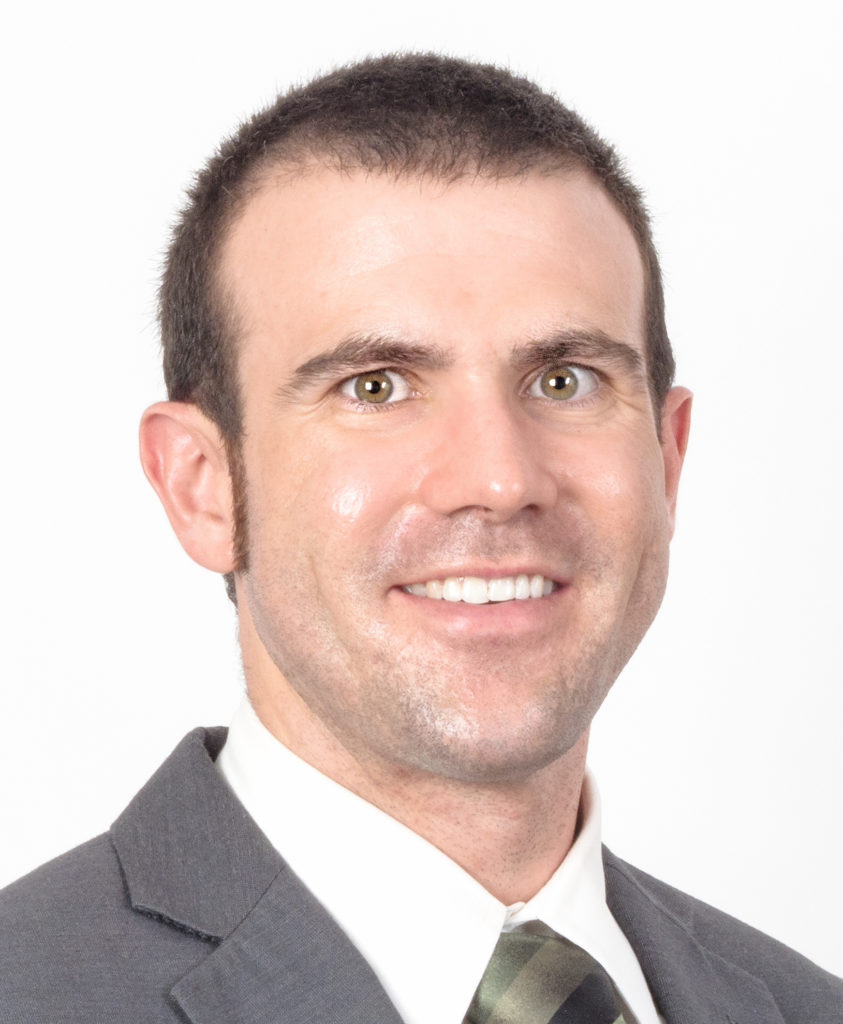
NFPA 13, 2019 Installing, Acceptance Testing, and the New Layout, Jason Williams, CET; AFSA, Russ Bainbridge, PE; AFSA & Roland Huggins, PE; AFSA This seminar will briefly cover the new layout and navigation of NFPA 13, 2019 edition. The seminar will touch on novice design topics, general installation areas, recommended practices on acceptance testing, water flows, and maintenance items. The session will focus on items that are commonly not completed and regularly cause unnecessary cost and liability to the building owner. The seminar will address the basic requirements and best practices for conducting a flow test. In addition, the seminar will outline acceptance testing within NFPA 13 and NFPA 20. The seminar will provide participants an overview of the new automated testing equipment installation and acceptance requirements. Finally, AFSA will take a few submitted interpretation requests by the participants and answer them during the presentation. 1.5 CEUs | 1.5 CPDs
NFPA 25 The Property Owner and You What, Why and How? Russ Leavitt Understanding and managing the relationship between the property owner (customer) and the inspection service provider is at the foundation of a profitable and successful ITM business. This session examines the role of the owner and contractor as identified in NFPA 25. In addition, attendees will learn about proven methods for developing trust and loyalty between you and your customer while maintaining a high degree of integrity and service. Special attention is given to issues such as third-party reporting systems, reporting to the local enforcer, and helping owners to understand the favorable economics of keeping systems operational. Finally, this session will review methods for effectively handing tough issues such as uncooperative owners, failure to correct deficiencies, and owner workplace safety practices. 2.0 CEUs | 2.0 CPDs
NFPA 25 2017 Edition, ITM Challenges and Training & NFPA 2020 Edition (The Outlook), Jason Williams, CET & Russ Leavitt This seminar is designed for today’s ITM challenges and opportunities. It addresses methods for handling issues that fall outside the scope of work of NFPA 25. Automated inspection and testing requirements are reviewed and how these new components impact inspection service providers. Participants receive an in-depth look at those things customers need to know about their responsibilities as system owners. The session also reviews new or expanded requirements for sprinkler clearance, the current status of antifreeze systems, and other everyday items that are often overlooked or misunderstood during inspections and tests. Presenters will discuss the negative impact of under-trained and/or over-extended ITM teams, placing emphasis on displaying professionalism in delivering these services. Participants will receive a brief description of the AFSA ITM Inspector Development program and the reasons why it was created. 1.5 CEUs | 1.5 CPDs
NFPA 3 & 4 – When are They Required and What’s Involved, Terry Victor NFPA 3 (Commissioning) and NFPA 4 (Integrated Testing) are standards that many sprinkler contractors are not aware of and yet could have a substantial impact on sprinkler contracting and service work in the near future. NFPA 4 is now required in the model building codes (ICC) and in many NFPA codes and standards like NFPA 101®, 909, and 5000®. This seminar will outline the general requirements in these two NFPA standards and what will be required of a sprinkler contractor to comply. The types of projects that will soon require the integrated testing required by NFPA 4 will be identified. 0.2 CEUs | 2.0 CPDs
Business Management Track
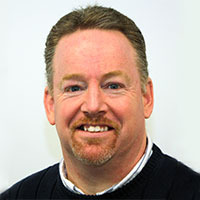
Creating Multiplatform Training and Technical Services to Promote Durable Learning, James Lake, Viking Corporation From helper to CEO, continued learning is critical to the success of your organization. Training has come a long way from overheads and slide projectors, but the goals and objectives have remained the same… produce a learning experience that is applicable, accessible, and engaging. The key is to establish the desired learning outcomes and then determine the best platform(s) and technologies to deliver and support those outcomes. This presentation will explore new and innovative concepts and tools that are being implemented to create an engaging experience that is easily accessible and immediately applicable resulting in more durable learning. 1.5 CEUs | 1.5 CPDs
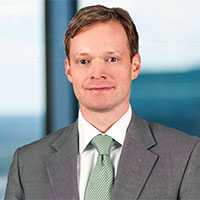
Critical Contract Clauses to Avoid Getting Burned, Brian Smith, Whitaker Chalk Swindle & Schwartz This module looks at key clauses from both the contractor and subcontractor perspective and examines specific clauses contracting parties may wish to include or avoid. The intended legal effect of each clause will be examined, along with a discussion of applicability in the real world. Upon completion of this program, the participant should be able to identify integral clauses to include or avoid and understand the effect and applicability of specific contract terms. 1.5 CEUs | 1.5 CPDs
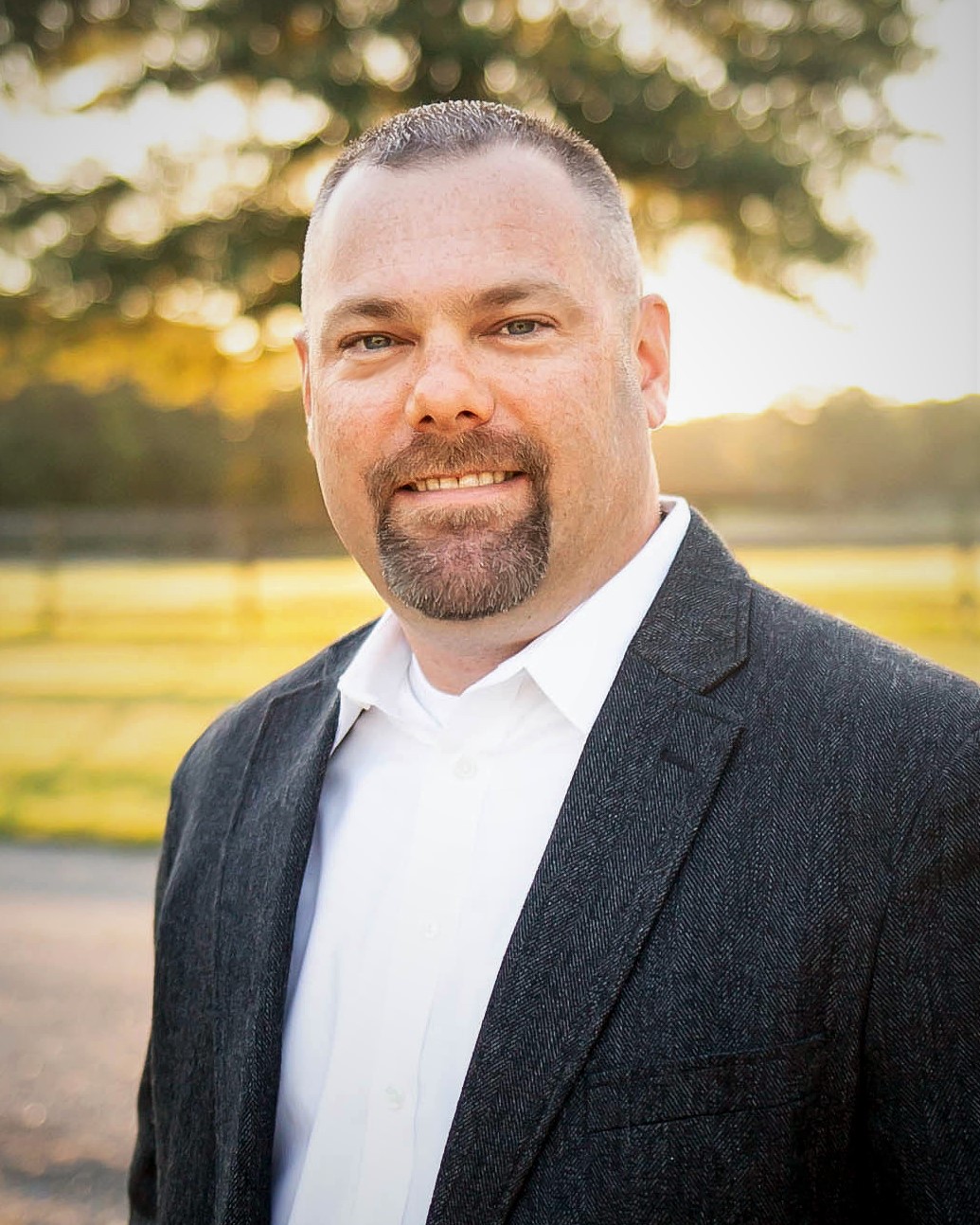
Design Management: The Least Expensive Profit Enhancement, Jason Gill, Fire & Life Safety America This seminar is intended to enhance the attendee’s understanding of the relationship between project success/profit and strong, efficient design management. Topics covered will include the evolution of the sprinkler design technician and the modern design department; scheduling and planning designer manpower; recruiting, training, and retaining good designers; improving design quality, accuracy, precision and efficiency with strategic oversight; documentation and communication; and keeping a balanced workload with varying designer skill sets or experience. 0.2 CEUs | 2.0 CPDs

How to Improve Customer Service and Grow Sales, Monroe Porter, PROOF Management Consultants This program offers practical, proven customer service, complaint handling, and practical sales techniques. Learn how to improve service through a better point of sale interaction. Know how to find out the customer’s buying process and how to reach decision makers without offending people. Understand why growing your service department is key to leveraging sales relationships. 0.2 CEUs | 2.0 CPDs
How to Succeed & Thrive as a Contractor in Today’s Market, Monroe Porter This program focuses on the skills, thoughts, and business structure required to succeed in today’s construction arena. Learn how to develop the right business structure for your own business and maximize productivity. Understand why the service industry and existing market is such a growth industry and the kinds of things you must do to succeed. Learn how to focus on simple core competencies and indicators to maximize your profits. 1.5 CEUs | 1.5 CPDs
Money for Nothing: How an Online Engagement Strategy Earns More Pay for Less Work, Billy Marshall, ServiceTrade Humans are programmed to respond to images, stories, and the rhythm and rhyme of music. We are stirred by our favorite songs, movies, and books. How does a fire sprinkler contractor take advantage of these human tendencies toward images, music, and stories to similarly build the value of their service brand? Join this session to discover how to use technology to pull the customer into an online experience that transforms your services brand into a great digital storyteller and earns you more pay for less work. 1.5 CEUs | 1.5 CPDs
Train-the-Trainer Workshop
Reformatted for 2019! All trainers welcome! Whether you are preparing to be a professional trainer or you are someone who does a bit of training as a part of his or her job, you’ll want to be prepared for the training that you do. You will begin the process of becoming trainers, understanding that training is a process where skills, knowledge, and attitudes are applied. Presented by seasoned trainer Bob Caputo, this full-day “Train-The-Trainer” workshop will provide all types of would-be-trainer’s tools to help them create and deliver engaging, compelling training programs that will encourage trainees to not only want to learn but come back for more. New trainers will gain a strong foundation in critical training skills, and seasoned trainers will be introduced to new approaches for delivering more powerful training. 4.0 CEUs | 4.0 CPDs.
Supervisory Training Track
Improve field performance and productivity by training your field supervisors in this three-part series. Bob Caputo, CET, CFPS with Fire & Life Safety will lead this track on October 2-4.
Field Supervisor Training, Part 1: Improving Field Productivity This introductory segment will address the need for sharp focus on field productivity and provide specifics on why and how to improve field performance. 0.2 CEUs | 2.0 CPDs
Field Supervisor Training, Part 2: Planning for Success This second segment will focus on pre-game planning: anticipating and avoiding common mistakes, eliminate lost time, the importance of pre-job start-up calls and meetings, using project estimate data and job conditions to create action plans, and recording progress using job cost reports and as-built progress plans. 0.2 CEUs | 2.0 CPDs
Field Supervisor Training, Part 3: Leadership Skills The conclusion of this three-part series will focus on improving communication skills: motivating people, confronting and dealing with difficult people and situations, and team building. We will discuss how to identify contributions of project players in terms of successful startup and continuation of jobs in progress. 0.2 CEUs | 2.0 CPDs
NextGen Track

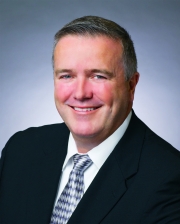
Finding Your Why, Jeff Lewis, VSC Sprinkler Corp. & James Golinveaux, Viking Corp. Whether you are an entrepreneur, an employee, a leader of a team, or are looking to find clarity on your next move, your why is the one constant that will guide you toward fulfillment in your work and life. Understand the reason simply knowing or believing the why is not enough. Once people are united by a common cause, there must be a strong culture that keeps them together. The result is intensely loyal colleagues who will stop at nothing to advance their vision and their organization’s interests. The result is a positive impact for everyone involved. 0.2 CEUs | 2.0 CPDs
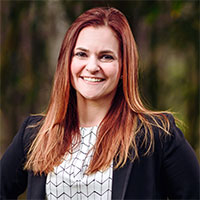

Leadership Forum: Solving the Skilled Labor Problem, Panel: Moderator Meaghen Wills, Anchor Fire Protection; Scott Pugsley, Seneca College; Mike Meehan, VSC; and Christina Catron, NCCER As Baby Boomers continue to retire at increasing rates, there is a significant need to invest in recruiting into the trades.

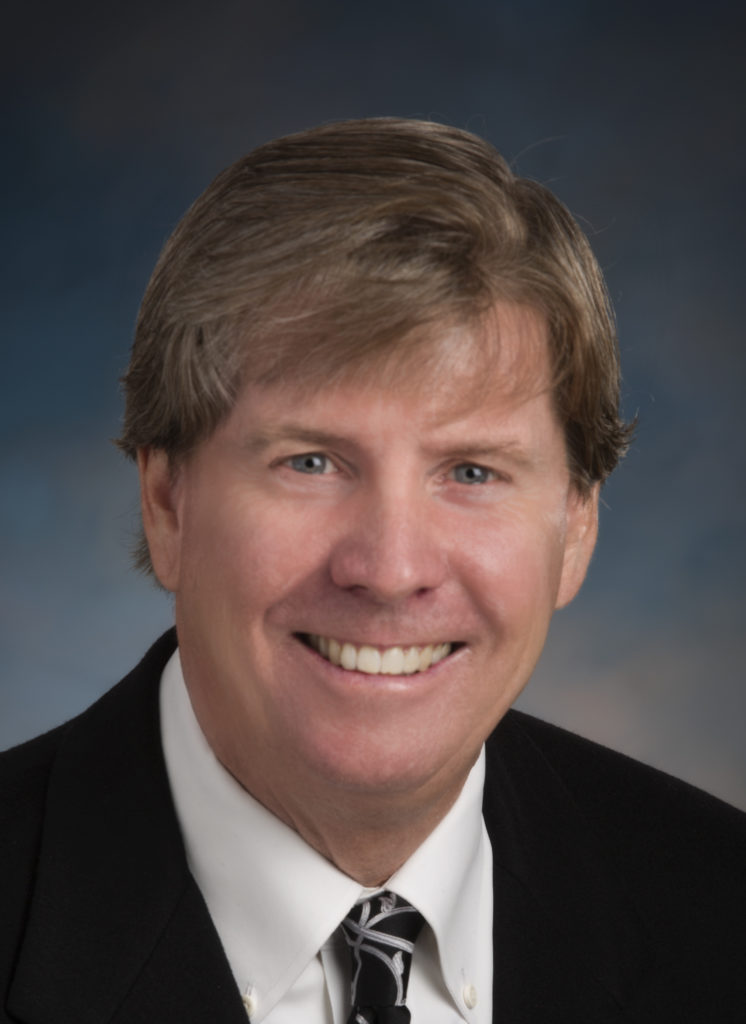
What is the best way for your company to go about finding and retaining the best talent? How do you measure the effectiveness of training in terms of outcomes and benefits? Discover the answers to these questions and hear anecdotes from leading industry experts during this interactive presentation. 2.0 CEUs | 2.0 CPDs
RT 335: Improving the U.S. Workforce Development System, Christina Catron Even with dramatic increases in infrastructure funding and stronger development of innovations, the U.S. no longer has the skilled construction workforce necessary to build the infrastructure required for future generations. The projected shortage of 1.4 million craft professionals by 2022 not only indicates that it is hard to find qualified candidates, but that capital projects’ schedules, costs, and safety may also be affected. The U.S. workforce development system desperately needs to be overhauled to address these challenges. As a process, workforce development includes the recruitment, training, placement, and retention of individuals in gainful employment opportunities. Learn more about the research behind the seven policies, endorsed by AFSA, that affect industry stakeholders and governmental agencies. 1.5 CEUs | 1.5 CPDs
AHJ Track

These seminars are designed for Authorities Having Jurisdiction (AHJs) and led by Steven Scandaliato, SDG, LLC and Ken Wagoner, Parsley Consulting. AHJs are invited at no charge to attend the seminars the morning of Friday, October 4, and walk the exhibit hall for free that afternoon.
AHJ Training: Rough-In Inspections and Final Acceptance Tests Among the many milestones found in the process of sprinkler system design and installation, the rough-in inspection is arguably the most important. Rarely are sprinkler systems inspected and tested by the same personnel that performs the shop drawing review. As a team, installers and fire service inspectors are our last chance to “get it right” regardless of design intent and plan review accuracy. This seminar will explain the synergy required in the design and installation process exposing the critical areas of each needed to ensure that lives and property will be saved. A detailed discussion regarding the activities included in this inspection and the importance they play will be presented. 0.2 CEUs | 2.0 CPDs
Fire Sprinkler System Plan Review The review of automatic fire sprinkler system plans has become very complex as the 2016 edition of NFPA 13 has been expanded to provide more information than ever before on fire sprinkler system design and installation. The seminar will guide attendees in a discussion of the requirements for plans and calculations contained in Chapter 23, and will include an exercise in hands-on review of a fire sprinkler system plan, including the overall design concept, hydraulic calculations, and the underground supply system. Plan reviewers and field inspectors should find this seminar helpful, and will most likely find areas where their own review checklist can be modified or improved. An architect’s scale and a copy of the 2016 edition of NFPA 13 are strongly recommended for attendees. 0.4 CEUs | 4.0 CPDs

Convention Headquarters AFSA38 will be headquartered at the Manchester Grand Hyatt San Diego near downtown. A room block has also been reserved at the Embassy Suites downtown. Both hotels offer added benefits for convention attendees reserving within the AFSA room block including free networking meals and internet. The cut-off date for room reservations at both hotels is August 30, 2019. After this cut-off date, AFSA attendees are not guaranteed the discounted group rate.
Discover the vibrant culture and natural beauty of Southern California when you stay at the Manchester Grand Hyatt. This convenient hotel near downtown San Diego offers a spectacular waterfront resort-like setting, complete with shopping, dining, and entertainment venues. Relax and soak up the sun at one of two rooftop pools. Maintain fitness routines with Hyatt’s complimentary fitness center. Choose from eight onsite dining options. The AFSA group rate for the Manchester Grand Hyatt is $255 per night plus tax for a standard single/double room and $290 per night plus tax for a premium bay-view single/double room.
In addition to the Manchester Grand Hyatt, AFSA has secured a room block at the Embassy Suites by Hilton San Diego Bay. Located across from AFSA38 headquarters at Seaport Village, this all-suite hotel is just blocks from the historic Gaslamp Quarter. Make yourself at home in one of the spacious two-room suites. Stay productive at the business center, work out in the fitness center, and relax in the heated indoor pool. The AFSA group rate for this hotel for a standard single/double room is $239 per night plus tax.
See You in San Diego! Mark your calendar and book your trip—AFSA and San Diego have everything you need for your company, your employees, and your family! Come to the West Coast for a guaranteed return on your investment. Everything is in one place: industry experts, CEU- and CPD-approved seminars, the nation’s largest sprinkler exhibit hall, and ample networking events. Visit firesprinkler.org/AFSA38 now to register and reserve your hotel. Sunny skies, beautiful beaches, and swaying palm trees await… what are you waiting for?
HOTEL RESERVATION ALERT! AFSA has been made aware of third-party vendors soliciting AFSA exhibitors and attendees posing as the official AFSA housing vendor. These companies mislead attendees to think they are working on AFSA’s behalf. Companies that use this tactic include Exhibitor Hotel Reservation Services (EHR), Global Housing, and National Travel Associates. They are not endorsed by or affiliated with AFSA or its show and entering into financial agreements with such companies can have costly consequences such as no hotel reservations, no free networking meals, nor complimentary internet access. To receive full AFSA hotel benefits, you must book directly with the hotel by phone or using the link found on AFSA’s convention website (firesprinkler.org/AFSA38).
 Sprinkler Age A Publication of the American Fire Sprinkler Association
Sprinkler Age A Publication of the American Fire Sprinkler Association

